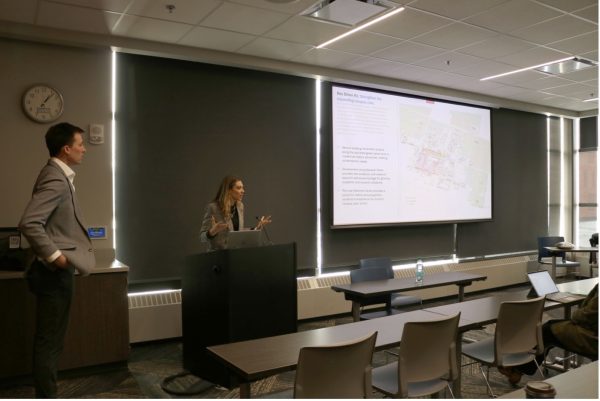President of South Dakota School of Mines dies
September 18, 2012
RAPID CITY, S.D. (AP) — Robert Wharton, the president of the South Dakota School of Mines and Technology in Rapid City has died, the school and South Dakota Board of Regents announced Wednesday.
Wharton, 60, was diagnosed with neck cancer late last year. He went through seven weeks of radiation and chemotherapy treatments at a Rapid City cancer center. He issued a statement last April saying the treatments succeeded and he was cancer-free.
Christy Horn, vice president of university relations, told the Rapid City Journal newspaper that Wharton was cancer free at the time of his death but died from complications the early 2012 treatments.
School of Mines Provost Duane Hrncir has been named acting president, the Board of Regents said.
The school said flags on campus have been lowered to half-staff. Flags also will be lowered at the state Capitol on the day of the funeral, which has yet to be determined, Gov. Dennis Daugaard said Wednesday.
“I was very sorry to hear about President Wharton’s passing,” Daugaard said in a statement. “Bob was a good friend who did great work for South Dakota at the School of Mines. Linda and I extend our deepest sympathies to Bob’s wife, Carolyn, and to their family.”
Wharton came from Idaho State to become Mines’ 18th president in July 2008. He received his doctorate in botany from Virginia Polytechnic Institute and his bachelor’s in botany and masters in biology from Humboldt State University in California.
Wharton served as executive officer for the National Science Foundation’s office of polar programs, participating in 11 expeditions to the Antarctic.
He also was a visiting senior scientist at NASA headquarters in Washington, D.C.
In April, Wharton was selected to serve on the board of the South Dakota Science and Technology Authority, which oversees the operation of the Sanford Underground Research Facility at Homestake in Lead.
Daugaard at the time said Wharton was a strong advocate for the underground lab and research by scientists from South Dakota.





















